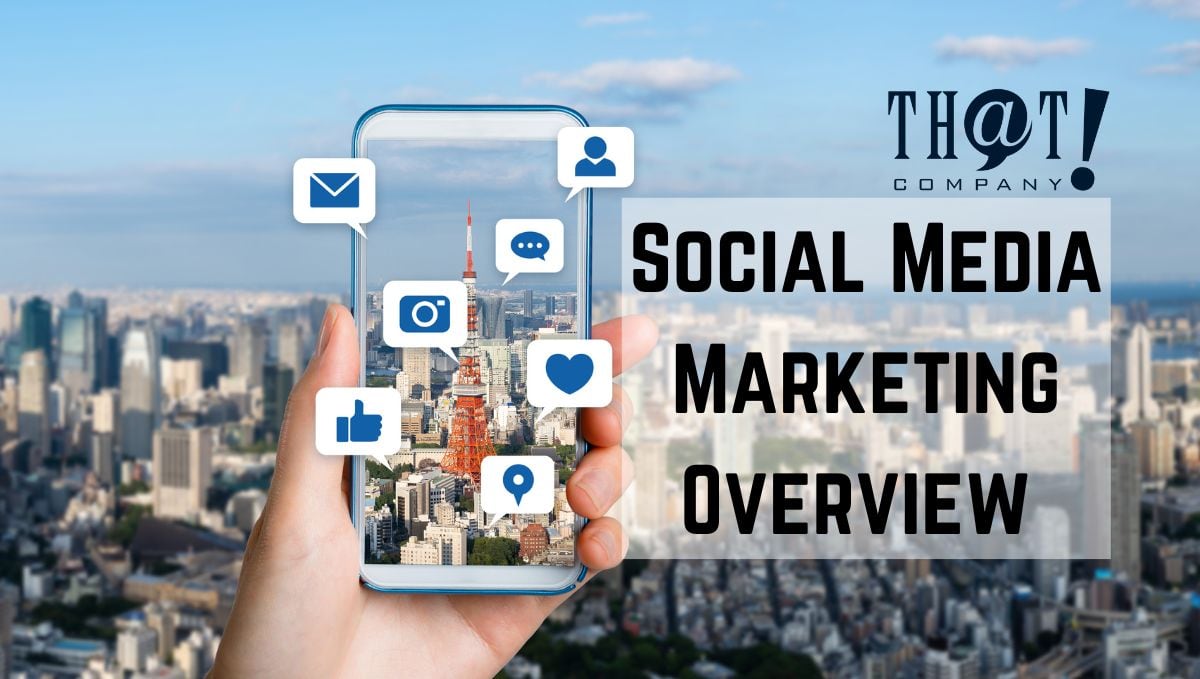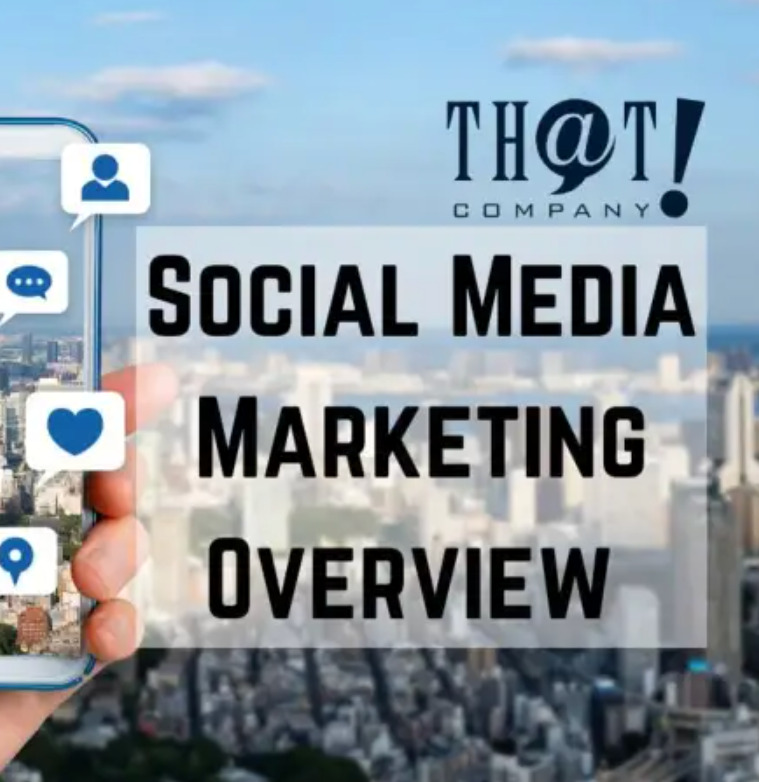
Marketers from various fields are one of the main driving forces pushing social media marketing (SMM). SMM is poised to become a major marketing data source that delivers on several aspects of a growing online audience. It’s no surprise that 80% of consumers report that social media, particularly influencer content, is a significant factor that impacts their decision to buy a product.
In 2004, MySpace became the first in the social media zone to accumulate a million users. 18 years later, these interactive digital channels have grown in such a drastic way that social media has grown to levels that rival the likes of television and radio. A March 2022 statistic showed around 4.6 billion social media users around the globe. That’s more than half of all the people in the world! That isn’t all, though, because the number of users increased by over 10% in one year, indicating that social media may not yet be at its peak.
As more people use social media, marketers are brewing and polishing up new strategies. These strategies are meant to leverage this access to such a large audience. Marketers want to take advantage of this greater level of engagement that would otherwise be less effective with traditional marketing methods. Any business operating today has some idea of social media marketing. With the stakes so high, however, every business – yours included! – can benefit greatly from using a white label social media marketing service. Trying to get ahead on your own is very likely going to be too costly.
Related: What does white label mean?
What is Social Media Marketing?
 Social Media Marketing (SMM), also known as digital marketing and e-marketing, is marketing through social media platforms (YouTube, Facebook, Instagram, TikTok, Twitter, etc.) for brand promotion, target audience growth, driving online traffic, and boosting sales.
Social Media Marketing (SMM), also known as digital marketing and e-marketing, is marketing through social media platforms (YouTube, Facebook, Instagram, TikTok, Twitter, etc.) for brand promotion, target audience growth, driving online traffic, and boosting sales.
Not only does social media marketing provide a means of engaging with your current customer base, but it also allows you to reach more people. Additionally, marketers have access to data analytics that allow them to monitor how well their social media marketing strategies are going and to discover more methods to communicate and interact with their audience.
What Makes Social Media Marketing Powerful?
Because over half the earth’s population uses some form of social media, businesses that use social media marketing have access to this huge audience.
If you want people to discover or become more aware of your brand, social media is the answer for you. 52% of online brand discovery occurs in public social feeds. This means that most people discover brands on social media platforms. When talking about the number of time users spend on social media, a 2019 statistic showed that the daily average was 2 hours and 24 minutes. This has increased by 1.4%. The implications of this are two-fold. Not only is social media an effective tool for reaching new people, but it’s also a great place to engage with your audience.
The amount of sales on social networks grows annually. A 2019 statistic showed that 43% of people online, before making a purchase, used social media when researching products. However, only 12% of people will purchase something on Facebook or Instagram. Nevertheless, this shows how important social networks are as this is where a significant amount of buyers are going to get product information.
Social Media Marketing Focal Points
 1. Connection
1. Connection
There are so many ways that social media has brought businesses and customers together that were not possible before. We live in an era where businesses can connect with customers instantaneously. You can have customers from around the globe and engage them with a single post simultaneously (accounting for time zones, of course). Not only that, but engaging audiences has never been more versatile. You have video-centered content on YouTube and TikTok, you have microblogging services with the likes of Twitter and Reddit and social sites like Facebook and Instagram. There’s much you can do as a business to grow that connection with your customer base and reach new people.
2. Interaction
Interaction on social media is very dynamic. You can actively communicate with your customers and vice versa via comments on posts or even through private messaging. Not only that, but there is also the system of likes, dislikes, and shares. Some of these terms may vary depending on the platform, but they essentially produce the same results.
Businesses can take advantage of the free marketing created by electronic word-of-mouth (eWOM). Customers can look at the number of likes or shares a page or a post has, influencing how they interact with the business. These act as a recommendation that can sway a potential customer to engage with your business or, ideally, to purchase a product or service from you.
Measuring Social Media Marketing Effectiveness
Key Performance Indicators (KPIs) are measurable values that gauge the success of your business based on how well you meet certain goals. KPIs can be used for marketing, sales, or simply overall performance.
KPIs can be used to gauge the effectiveness of a social media marketing strategy. A 2019 statistic showed that 19% of marketers were unsure of how to gauge the effectiveness of their SMMs. It’s more than just tabulating how many likes, comments, shares, or even how many people follow your page. Nowadays, you can analyze the methods you employ for your SMM strategy and evaluate how those actions impact your business.
We can summarize SMM KPIs into three key metrics. Each metric measures specific goals.
1. Engagement
 Aside from the typical likes, shares, and comments (or the variations depending on the social media platform) statistics, this data can be analyzed together with other detailed metrics to provide a better scope.
Aside from the typical likes, shares, and comments (or the variations depending on the social media platform) statistics, this data can be analyzed together with other detailed metrics to provide a better scope.
- The average engagement rate tells you how many followers interact with your content. This metric can be useful for tracking the effectiveness of a marketing strategy.
- The amplification rate reveals how many of your overall followers share your content.
- Virality rate measures how exponentially your content is spreading.
2. Reach
This shows you how many users aside from your followers can see your content.
- Post outreach will let you know the number of people that have seen your post from the time it was published.
- Audience growth rate shows you how many followers you’ve attained within a given time frame (daily, weekly, monthly, etc.) These new followers show as a percentage of your current follower base.
- Social share of voice (SSoV) measures how many mentions your brand has within an industry or as compared to your competitors.
3. Conversion
People may engage with your content. People may like your content enough to want to share it. But what does your business stand to gain? With conversion metrics, you can know your conversion and click-through rates (CTR).
- Conversion rate lets you know how many potential customers became paying customers as a result of a post or other action.
- Click-through rate (CTR) shows you how many people responded to your call-to-action (CTA) made via a campaign or marketing tactic versus those who did not.
As one of the top white label digital marketing companies, we know what drives social media engagement.






























